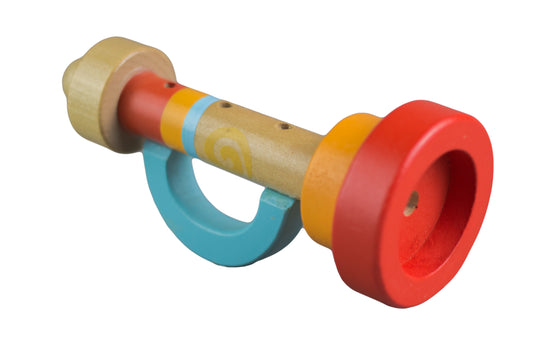Creating a sensory-friendly environment at home can be life-changing for autistic children and neurodiverse individuals. By making thoughtful adjustments, you can help create a space where they feel comfortable, safe, and supported. Here are five practical steps to achieve this:
Step 1: Understand Sensory Needs
Understanding the unique sensory needs of your child is the first step in creating a sensory-friendly environment. Autistic individuals often experience heightened sensitivity to sounds, lights, textures, and smells.Observing your child’s reactions and noting triggers can provide valuable insights. Consulting with an occupational therapist can also help identify sensory preferences and aversions.
Step 2: Create A Safe And Comfortable Space
Designate a specific area in your home as a sensory-friendly zone. This space should be free from overwhelming stimuli and designed to meet your child's sensory needs. Soft lighting, such as dimmable lamps or natural light, can help create a calming atmosphere.
Consider adding soft furnishings like bean bags, cushions, or a cozy corner with blankets. This area should be a retreat where your child can relax and feel secure.
Step 3: Incorporate Sensory Tools And Activities

Sensory tools and activities are essential in a sensory-friendly environment. These include fidget toys, sensory bins filled with textures, weighted blankets, noise-canceling headphones, and more.
Providing various sensory experiences allows your child to explore, regulate their bodies, and engage their senses in a controlled and enjoyable manner. Rotating these tools periodically can keep the sensory environment dynamic and engaging.
Step 4: Minimize Overstimulation
Reducing unnecessary sensory input can prevent overstimulation, crucial for creating a calm environment. Use noise-canceling curtains to block out external noise, and consider soundproofing areas if possible. Keep the space clutter-free to reduce visual overstimulation.
Using neutral colors for walls and furniture can also help create a soothing environment. Additionally, establishing a routine and visual schedule can provide predictability and reduce anxiety during transitions.
Step 5: Foster A Sensory-Friendly Routine

Establishing a sensory-friendly routine can significantly benefit neurodivergent children. Consistent routines provide a sense of stability and can help in managing sensory sensitivities. Incorporate sensory breaks throughout the day, allowing your child to engage in calming activities.
Every child is unique and experiences sensory input differently. It may take time, observation, and trial and error to fully understand sensory needs and preferences. Being responsive to these needs fosters a supportive and safe environment.
Creating A Supportive Home Environment
By understanding and addressing the sensory needs of your child, you can create a home environment that supports their well-being and development. At Big Heart Toys, we believe in the power of a sensory-friendly space to positively impact the lives of neurodivergent individuals.
Explore our range of sensory tools and toys designed to cater to the unique needs of autistic children. Visit Big Heart Toys to discover products that can help you create a nurturing and inclusive home environment.





